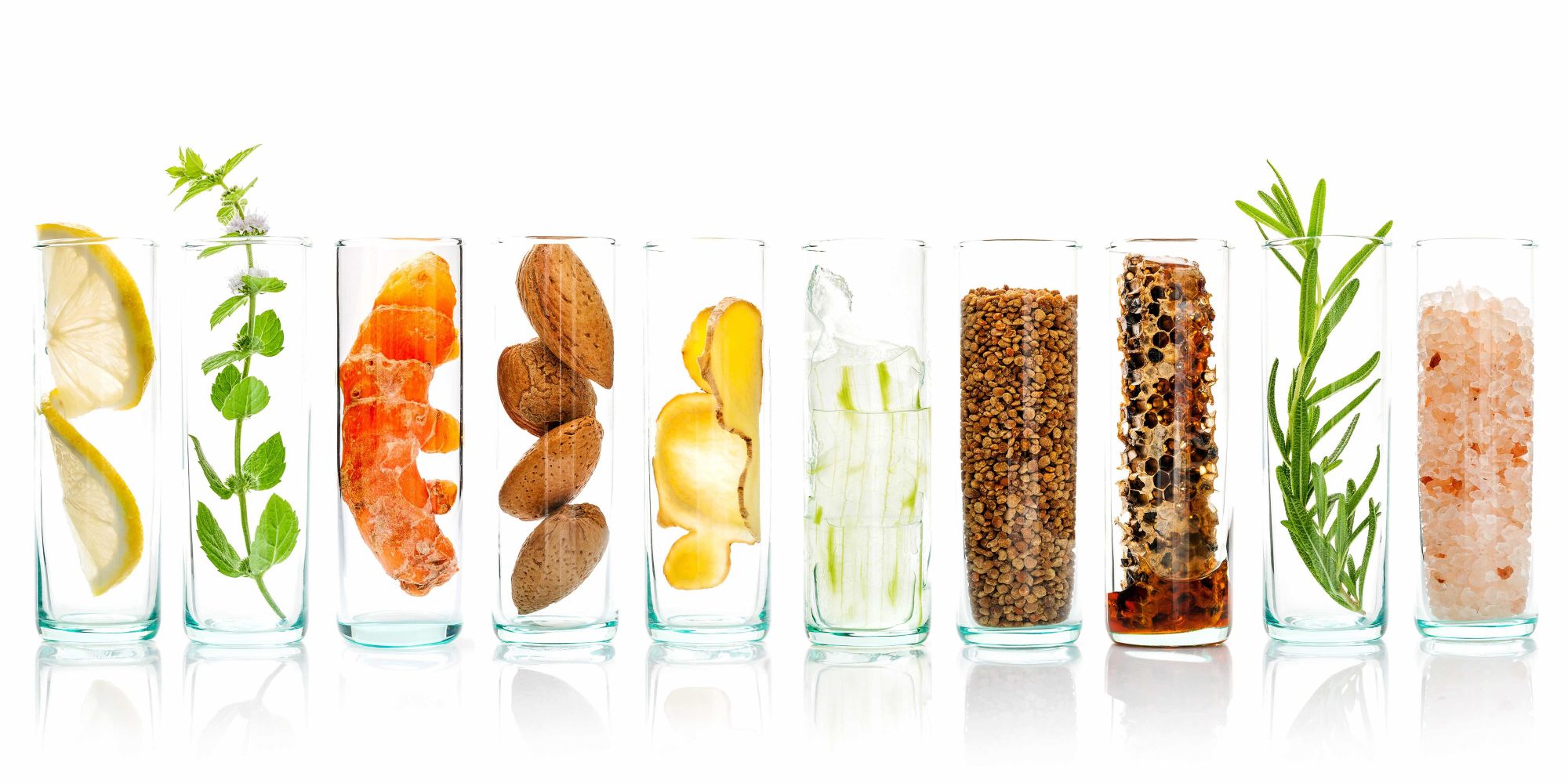
Is Setting An Unassailable Clean Beauty Standard At Retailers Like Sephora Impossible?
In a beauty industry full of slippery marketing concepts, clean beauty may be one of the slipperiest. Ask a dozen beauty executives to define it, and you’re likely to hear a dozen different answers.
Amid uncertainty and lack of regulation, retailers have the power to decide the ingredients that make the clean beauty cut – and, increasingly, they’re exercising it. Sephora is the latest to demarcate what clean beauty is and isn’t. With its Clean at Sephora seal, the beauty specialty chain determined mineral oil doesn’t make the cut, but polyethylene glycols or PEGs do. Synthetic fragrances at under 1% are OK, but sulfates, parabens and phthalates aren’t.
While most brands and consumers praise Sephora’s attempt at clarifying clean beauty, the beauty specialty chain has stepped into the murky endeavor of product classifications not fully satisfying clean beauty advocates, opening it up to criticism that it hasn’t gone far enough and is fostering consumer confusion. The criticism is compounded by a demand for transparency around beauty ingredients and the standards set for them that Sephora, part of a publicly-traded LVMH Moët Hennessy Louis Vuitton, has largely avoided in the past.
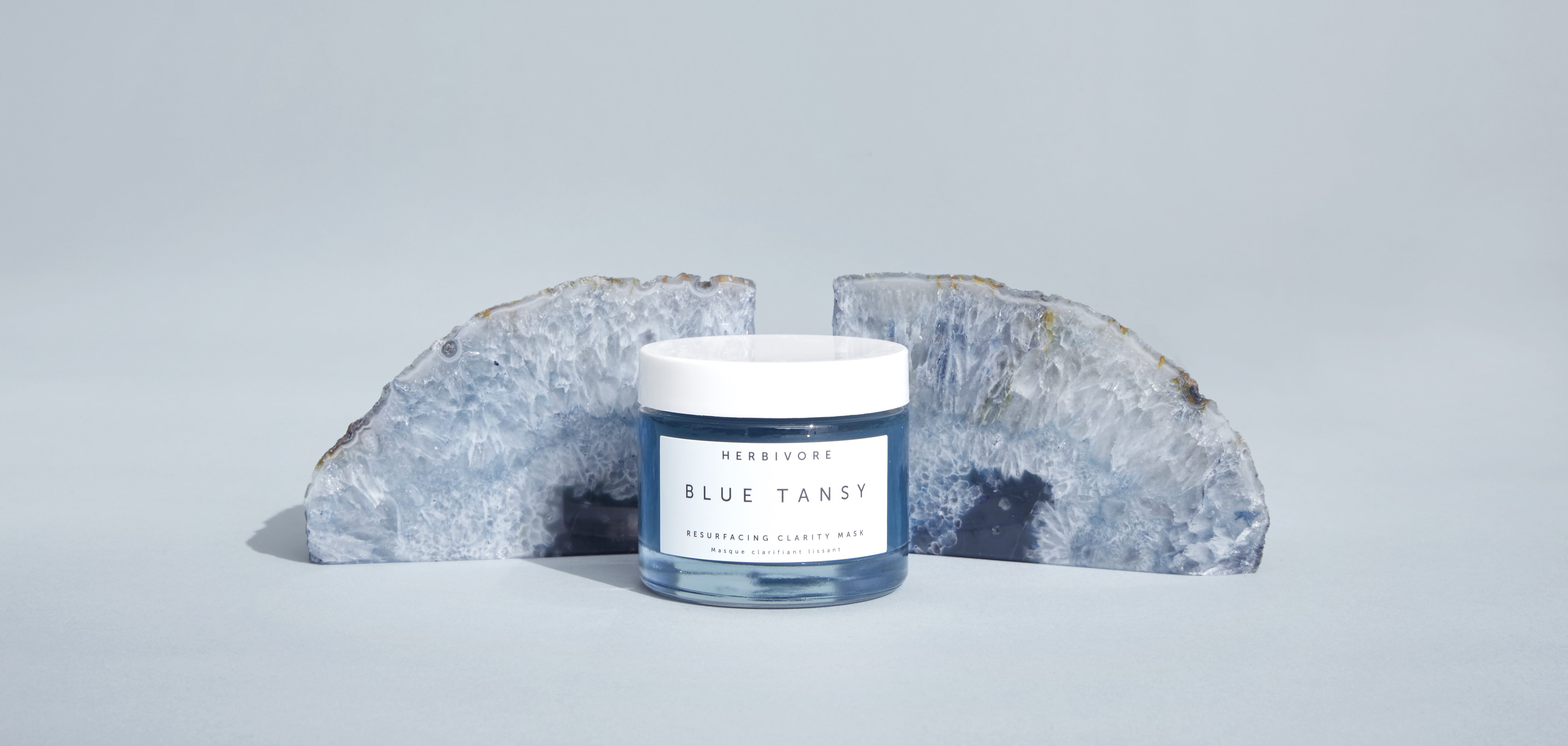
“I do fear their seal is misleading as it includes ingredients like PEGs that are considered unsafe by authorities in the green beauty space,” says Ashley Prange, founder of the beauty brand Au Naturale Cosmetics and an activist supporting stricter legislation governing beauty products. “I hope Sephora reexamines the scope of their seal with the health of the consumer in mind.”
Stacy Malken, co-founder of the Campaign for Safe Cosmetics and author of “Not Just A Pretty Face,” concurs, saying, “I would like to see companies like Sephora fully embrace clean beauty, which means removing all toxic ingredients of concern with full transparency on labels. The Sephora no list is a good start, but it’s just a start.” She elaborates, “It’s time for companies like Sephora to stop tinkering around the edges of clean beauty…Companies can no longer avoid transparency because somebody is going to call them out on it.”
“We plan to revisit, refine and help champion clean guidelines as the industry continues to evolve. We will continue to work closely with our brand partners to not only bring clients the best possible product innovation, but also help them understand these new options and solutions for their beauty and lifestyle goals.”
Sephora stresses it hasn’t drawn a line in the sand and its list of clean beauty ingredient no-nos could shift. “We plan to revisit, refine and help champion clean guidelines as the industry continues to evolve,” says the retailer in a statement to Beauty Independent. “We will continue to work closely with our brand partners to not only bring clients the best possible product innovation, but also help them understand these new options and solutions for their beauty and lifestyle goals.”
If its critics have their way, Sephora would revisit the 1% bar for synthetic fragrances. Erika Weaver, a toxicologist and founder of the natural skincare brand pH 7 Natural Skincare, calls the 1% threshold meaningless. Most synthetic fragrances are in formulas at levels under 1%. Weaver recommends, “There should be a cutoff for how many chemicals make up the 1% fragrance.” Leigh Winters, a neuroscientist and natural beauty authority, says, “Synthetic fragrance chemicals are some of the most egregious offenders when it comes to health and to allow brands with even 1% synthetic fragrance in under this label is shocking to me as a scientist and comes off as rather careless on Sephora’s part.”
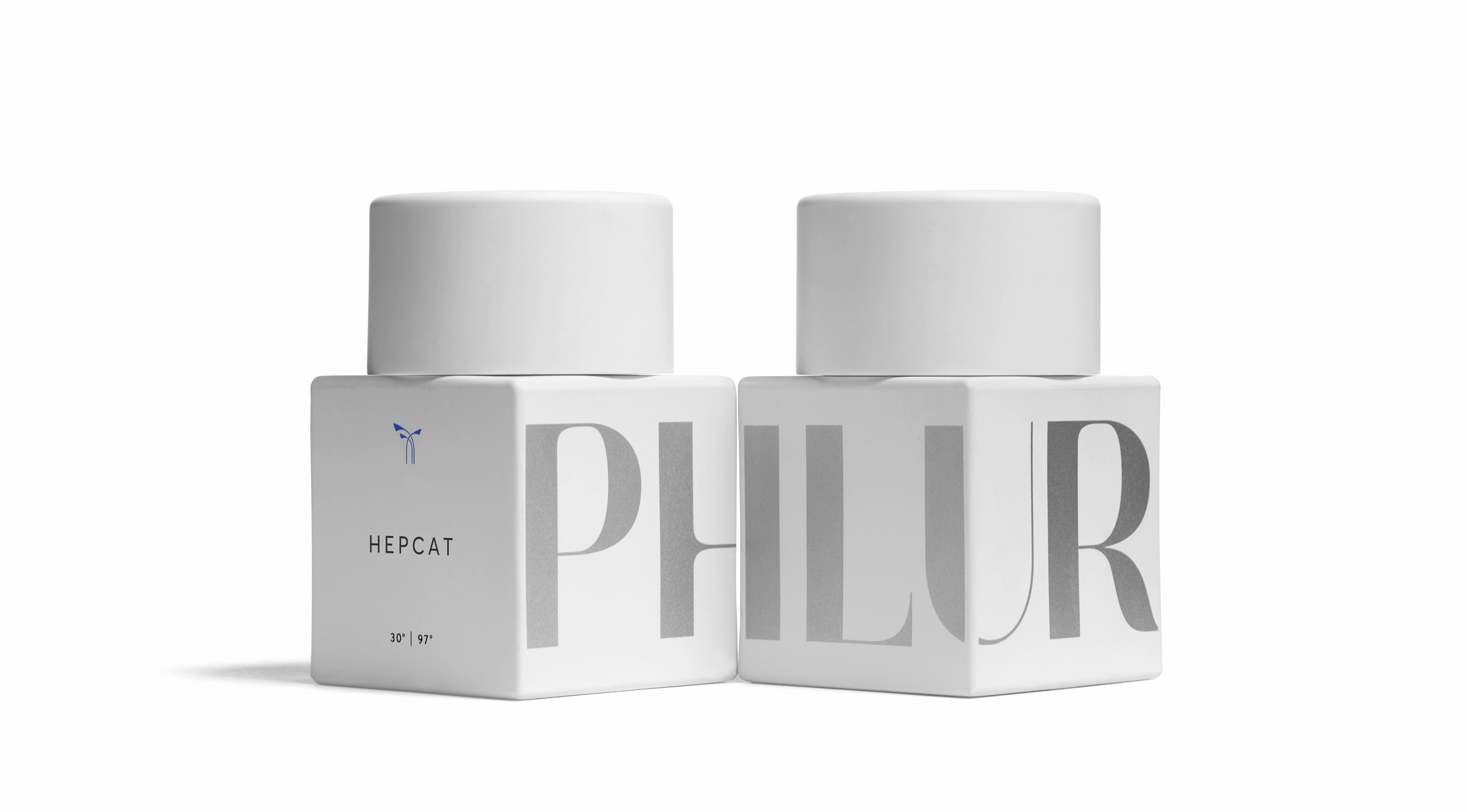
Outside of fragrance, Gay Timmons, president of organic ingredients distributor Oh, Oh Organic and a member of retailer Credo’s Clean Beauty Council advisory board, wonders why mineral oil was excised in products receiving the Clean at Sephora seal, but an array of other petrochemicals weren’t. “The number of petrochemically-derived synthetics in the products under the clean label surprised me,” she says. “I predict they’ll change it. They’re going to get pushback.”
Sephora’s clean beauty seal permits certain ingredients of concern that clean beauty retailer Credo permits as well. Dimethicone is a prime example. The synthetic ingredient has its share of detractors, Kayla Fioravanti, author of “The Unspoken Truth About Essential Oils,” among them. “I am not surprised that dimethicone is being allowed under Clean at Sephora’s guidelines just as it doesn’t surprise me that synthetic fragrances are acceptable,” she says. “Consumers are used to the feel that dimethicone gives and would probably be shocked if their favorite cosmetics removed it.”
“A truly empowered consumer should be able to trust this list without any ingredients knowledge, but it’s a frightening thought that Sephora’s media-driven marketing strategies rely on holistic media outlets to publish sponsored posts without any critical thoughts on the line. Some products with the label like Boscia’s Luminizing Charcoal Mask and Supergood’s SPF Setting Spray make me question what it took to make the list. Do brands have to pay?”
Despite dimethicone detractors, retailers haven’t banished it under clean beauty banners. The difference between Credo’s approach to the ingredient and Sephora’s is Credo explains its choice to tolerate dimethicone on its website, and Sephora doesn’t. In its explanation of linear silicones such as dimethicone, Credo expounds they’re large stable molecules unlikely to pose risks to human health. The company acknowledges that they may not biodegrade well and can clog pores. It provides the information to assist consumers in making educated purchases.
“Credo’s mission is to change the way people think about beauty. We do that by offering the largest assortment of clean beauty products in retail, and by educating people about what ‘clean beauty’ is to begin with. Since words like clean and natural don’t have standard definitions, it’s up to leaders in our industry to define these terms and ensure that everyone in the supply chain from ingredient suppliers to brands to retailers is aligned,” says Mia Davis, director of mission at Credo, in a statement. “To Credo, clean means prohibiting ingredients known to be harmful to our health and the ecosystem be they of natural, naturally-derived or even synthetic origin.”
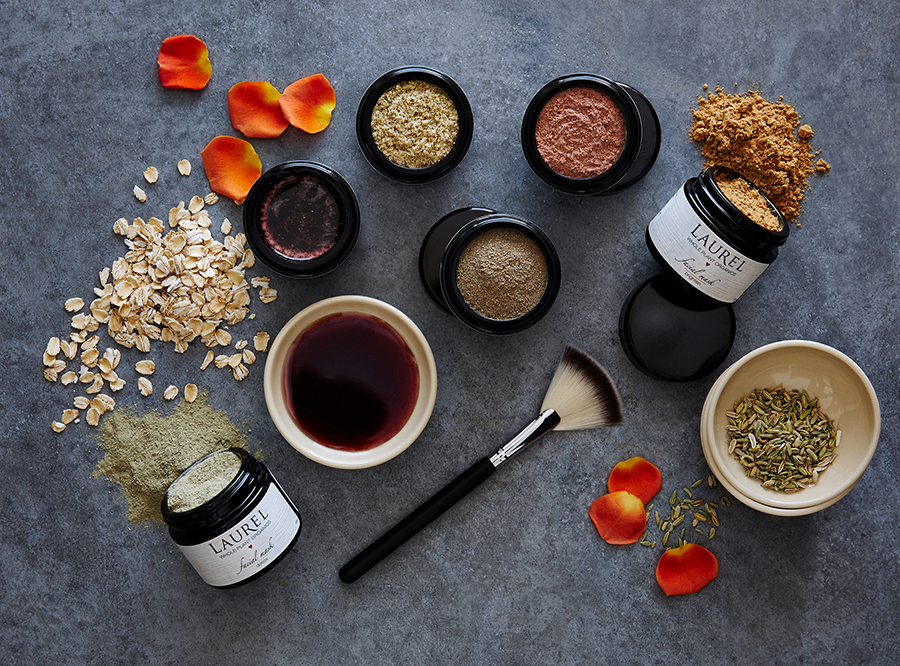
Sephora says its clean beauty seal was developed with industry experts, external consultants and its sustainability team with feedback from clients. Who those experts and consultants are, and their rationale for approving or denying specific ingredients in the Clean at Sephora program is unknown. Of course, Sephora has access to world-class scientists, and clean beauty advocates suppose the retailer tapped them for its clean beauty program. Often, Timmons says, “The people who are doing these things [lists banning ingredients] are not scientists. The people who understand chemicals and should be involved are chemical engineers and toxicologists.”
Winters is troubled by the dearth of details on the thinking behind Sephora’s clean beauty criteria. “While Sephora boasts that this list increases consumer transparency in the shopping process, we are not there yet. A truly empowered consumer should be able to trust this list without any ingredients knowledge, but it’s a frightening thought that Sephora’s media-driven marketing strategies rely on holistic media outlets to publish sponsored posts without any critical thoughts on the line,” she says. “Some products with the label like Boscia’s Luminizing Charcoal Mask and Supergood’s SPF Setting Spray make me question what it took to make the list. Do brands have to pay?”
“Retailers and brands all have their own definitions of clean. There is a lot of gray area. Without any standardization on what clean means or similar terms like non-toxic that are buzzy right now, retailers and brands can essentially define these terms however they want.”
Lindsay Dahl, vice president of social and environmental responsibility for Beautycounter, a beauty brand with ingredient transparency at its core, suggests it’s best practice for beauty companies to share their formulation philosophies, and let consumers resolve for themselves if those philosophies are right for them. “At Beautycounter, every formula ingredient, including known components of fragrances, flavors and intentionally added preservatives, are listed on our product labels or on Beautycounter.com. What we are seeing is a large drive in the beauty industry toward clean beauty. Companies see the writing on the wall and the tremendous market opportunity,” she says. “What we seek to do is give consumers the information and tools necessary to cut through the noise and find safer products.”
A few green beauty brand founders have expressed worry that the noise is getting amplified, and their brands are being lumped into an expansive clean beauty assortment featuring ingredients they’re not comfortable with. There are 50-plus brands and 2,000 products in Sephora’s Clean at Sephora category. Herbivore co-founder Julia Wills didn’t express worry and is thrilled that her brand’s products have garnered the Clean at Sephora seal, but she underscores, “We consider our brand to be beyond clean skincare in that we are truly natural. We go a step beyond by not including any synthetic ingredients.”
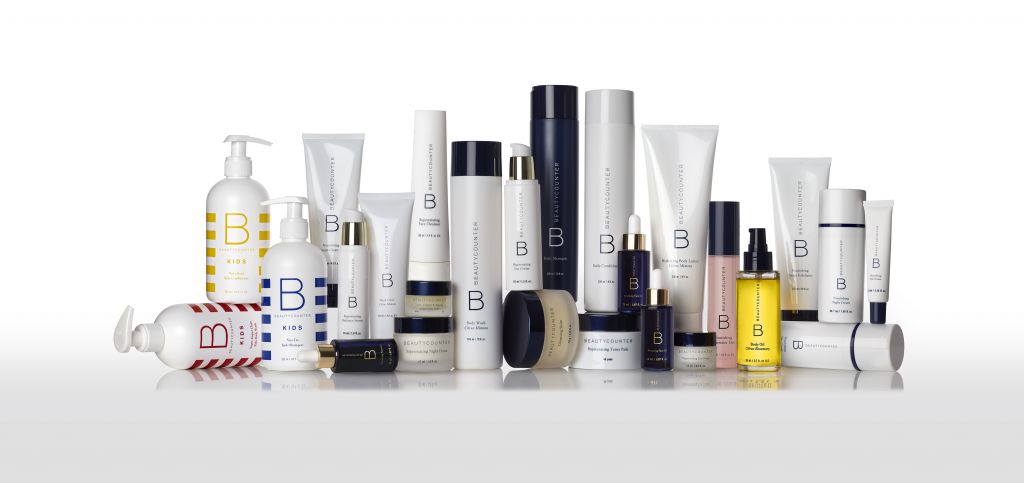
Rebecca Bartlett, creative director at Bartlett Brands, an agency that works with the skincare brand Biossance, argues the Clean at Sephora program intensifies consumer confusion and “adds to the cleanwashing effect.” “Retailers and brands all have their own definitions of clean. There is a lot of gray area. Without any standardization on what clean means or similar terms like non-toxic that are buzzy right now, retailers and brands can essentially define these terms however they want,” she says, noting of clean beauty, “This trend is playing out exactly like the naturals trend did 15 years ago when we assumed that natural meant better-for-you.”
Skepticism about the Clean at Sephora seal, though, isn’t universal in the clean and natural beauty segment. “The seal raises awareness that ingredients affect our health. The seal will raise awareness for Sephora consumers who may not otherwise consider this factor,” says Laurel Shaffer, founder of skincare brand Laurel Whole Plant Organics. ”I’m also sure that the more green beauty brands partner with Sephora, the more they will probably have to continuously edit the qualifications for the seal in a progressive way. I’m grateful for the baby steps.”
TAKEAWAYS
- Sephora has placed a Clean at Sephora seal on 2,000 products from more than 50 brands, including Supergoop, Biossance, Tata Harper, Herbivore, Origins, Caudalie, Indie Lee, Boscia, Drunk Elephant, Kari Gran, Josie Maran, Tatcha and Volition.
- The beauty retailer has been clear that its Clean at Sephora program could evolve. Sephora will refine its clean beauty guidelines as the beauty industry’s understanding of clean beauty grows.
- To participate in the Clean at Sephora program, brands must formulate without sulfates, SLS and SLES, parabens, formaldehydes, formaldehyde-releasing agents, phthalates, mineral oil, retinyl palmitate, oxybenzone, coal tar, hydroquinone, triclosan and triclocarban. Skincare, hair care and makeup products must also contain less than 1% of synthetic fragrances.
- Critics of the Sephora’s clean beauty seal argue it allows ingredients such as polyethylene glycol that they believe shouldn’t be allowed in clean beauty products. They also zero in on the allowable level of synthetic fragrances and explain synthetic fragrances are generally included in products at under 1%.
- There is concern on the part of some natural beauty brand founders that Sephora’s clean beauty standard groups their brands in with brands containing ingredients they are not comfortable with. There’s also concern about transparency in the development of clean beauty criteria.
- As clean beauty standards proliferate, consumer confusion could mount. Many clean beauty experts suggest the only way to avoid confusion is federal legislation governing clean or natural beauty product labeling.


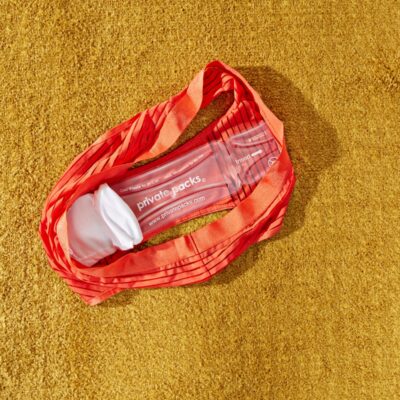
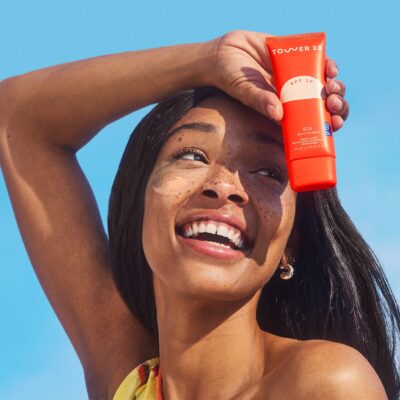
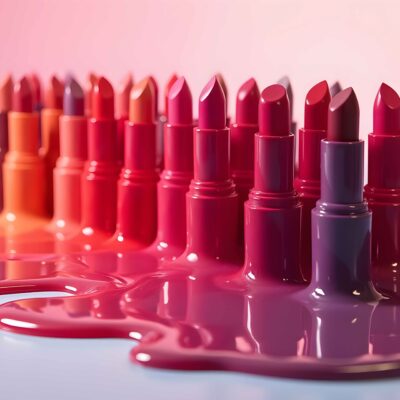
Not sure that Sephora will decide unfavorable rules to its “sisters”!